Reviewed by: Ysa Garcia
Epic Games has finally joined the native Apple Silicon party, and frankly, it’s about time. While the gaming world has been buzzing about Mac compatibility for years, the Epic Games Launcher has stayed stuck behind Rosetta 2 translation.
Now, with this long-awaited update, Mac gamers can run the launcher at full native speed on their M-series chips. No more translation crutches. More than a technical upgrade, it reads like a public nod that Apple’s ecosystem is a real gaming platform worth investing in.
The timing lands just right. Steam launched native Apple Silicon support earlier this year, a clear showcase of what happens when you cut out emulation layers. At the same time, Mac gaming compatibility remains limited, with only 112 Mac-compatible titles on some platforms.
Epic’s move slots directly into this moment, chasing the momentum around Mac gaming while removing a technical speed bump that has annoyed users for years.
Why this update matters more than you might think
So why should you care? Because native Apple Silicon support removes the built-in drag Mac users have dealt with since the transition began. Previously, Mac users had to rely on Rosetta 2 or third-party tools for compatibility, and that middleman introduced overhead and inconsistent behavior.
The translation layer did its best, but it still produced sluggishness, longer load times, and inconsistent user experiences that native apps do not face.
The upside is not just faster loading. Native ARM code execution means reduced instruction translation, lower CPU utilization, and improved battery life. That matters most on laptops, where every watt counts. Early reactions to Steam’s native client pointed to faster game startup times and lower CPU usage, especially for graphically demanding titles.
The timing also future-proofs Epic’s platform. Apple plans to phase out Rosetta 2, with only limited support remaining in macOS 28 (releasing in 2027). Apps that do not make the jump risk fading out, so Epic’s move helps keep its Mac audience intact, and puts pressure on slower movers.
Performance gains ripple through the whole session. When your client runs natively, the system frees up more resources for the games themselves. Updates feel lighter, switching tasks gets smoother, and gameplay is less likely to hitch when the launcher is doing its thing in the background.
The broader gaming landscape on Apple Silicon
Epic’s launcher update lands at a pivotal moment for Mac gaming. The platform still has gaps, many flagship games remain Windows-first, but signs point up. Major releases like Cyberpunk 2077 launched with native Apple Silicon support in July 2025, which shows AAA studios are engaging.
The numbers back it up. An M3 Max MacBook Pro achieved over 100 FPS in Cyberpunk 2077 with MetalFX quality settings. Even entry-level M4 MacBook Pros delivered over 30 FPS with upscaling enabled. That is not hand-wavy optimism; it is practical performance when developers optimize for the hardware.
The tools are catching up, too. Unreal Engine 5.2 introduced native Apple Silicon support for its editor, which lowers friction for studios targeting macOS. Better tools lead to better ports and more native releases, as simple as that.
Hardware tiers tell a clear story. The M3 Max achieved more than 78 FPS at 1080p High settings in demanding titles. With proper optimization, Mac users no longer have to accept second-rate experiences.
What this means for Mac gamers moving forward
Epic’s native launcher is more than technical housekeeping. It reads as a reset with the Mac audience, especially after moments like when Epic previously removed macOS support from Rocket League. Shipping a native launcher is a small but telling step toward rebuilding trust.
Competition is heating up. Valve’s track record as a cross-platform champion, especially when competitors like Epic face legal battles with Apple, reinforces their position with Mac users. Now Epic is matching that energy with platform optimization. That tug-of-war benefits players, since both sides will push to make their Mac experience leaner and faster.
For day-to-day use, the perks are straightforward: faster launcher performance, lower system usage, and better battery life during sessions. The bigger play is access. If native support nudges Epic to prioritize Mac builds of first-party games, titles like Fortnite could run even better on Apple hardware, and that kind of showcase tends to pull more studios into the fold.
Developers are watching. When heavyweights like Epic and Steam go native on Apple Silicon, it signals a market that is worth the extra engineering time. Apple’s chips prove well-suited for intensive multitasking and graphics work when paired with Metal. What studios want to see next is ongoing commitment, not one-off gestures.
The road ahead for Apple Silicon gaming
Epic’s launcher update joins a wider set of native Apple Silicon tools and apps. Steam’s native client eliminates CPU bottlenecks, and development tools like Apple’s Game Porting Toolkit help developers transition Windows games to macOS. Stronger hardware, better tools, and major platform support, that trio makes the Mac gaming story more compelling than it has been in years.
The message to the industry is blunt: native support is expected, not optional. As more platforms optimize for Apple Silicon, studios feel increasing pressure to follow. That shift can finally break the old chicken-and-egg cycle. Small libraries kept users away, and low user numbers kept developers away.
There are still rough edges. Many third-party middleware solutions still lack ARM/Mac ports, and the library remains smaller than on Windows. Even so, Epic’s commitment shows that with the right incentives and resources, those gaps can close.
It also aligns with Apple’s broader strategy. Metal keeps getting faster, the tooling keeps improving, and platform holders are shipping native support. Those pieces together create an environment where native Mac gaming can grow past being merely good enough.
Bottom line, Epic’s native Apple Silicon support for the launcher looks small at first glance, but it signals something bigger, a real bet on Mac gaming’s future and a step toward removing the performance compromises that have held the platform back. The open question is, will enough developers invest to build the thriving Mac gaming ecosystem Apple’s hardware can support? With moves like this, the answer edges toward yes.





![Rosetta [Region 2 Import - Non USA Format]](https://m.media-amazon.com/images/I/51u5i3BOLjL._AC_UY218_.jpg)



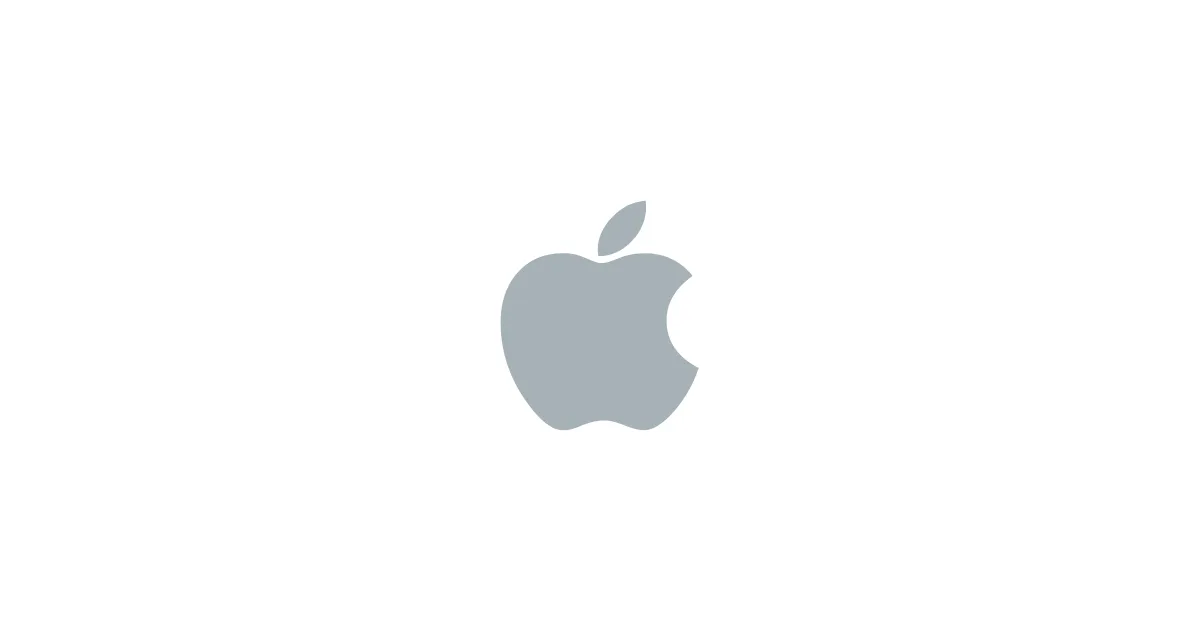
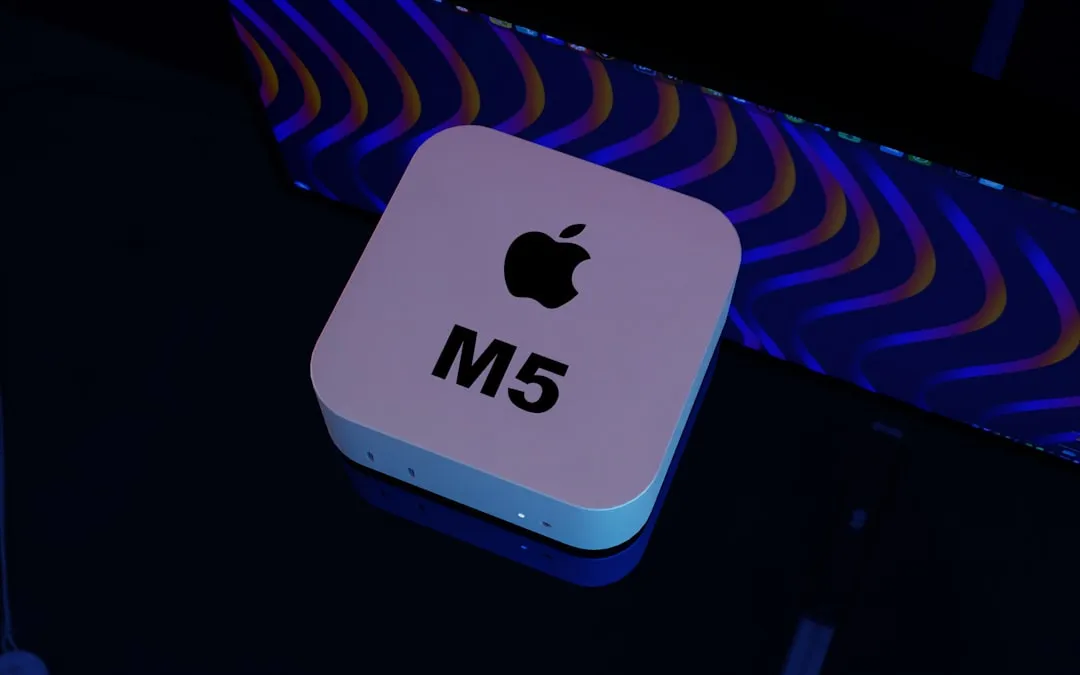
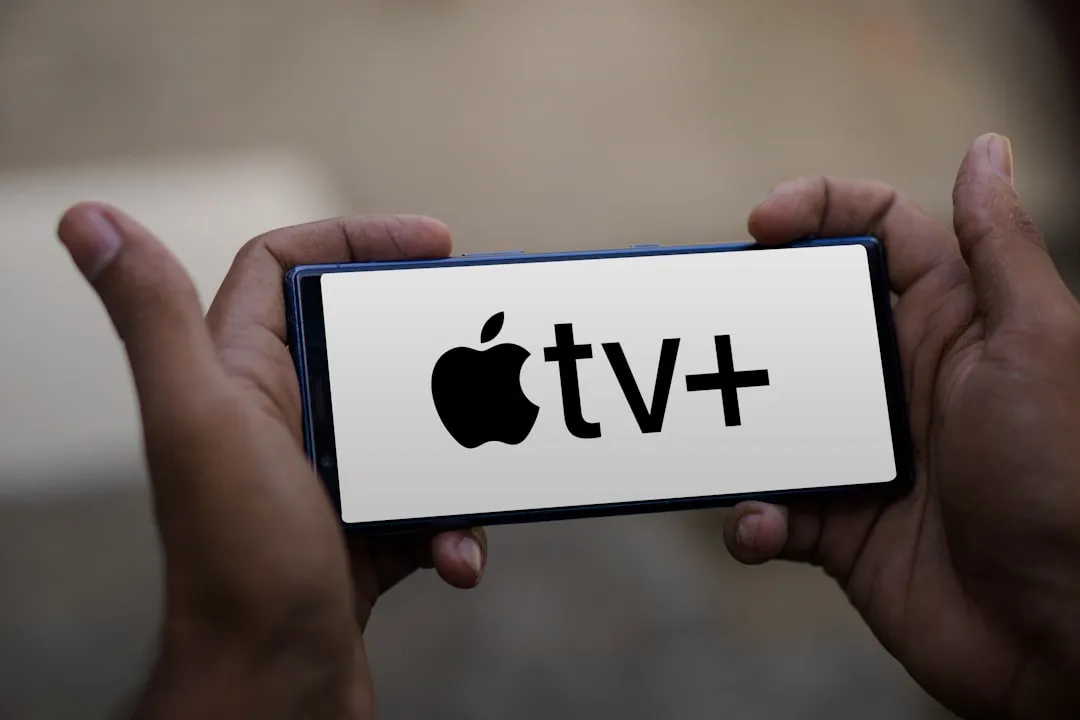
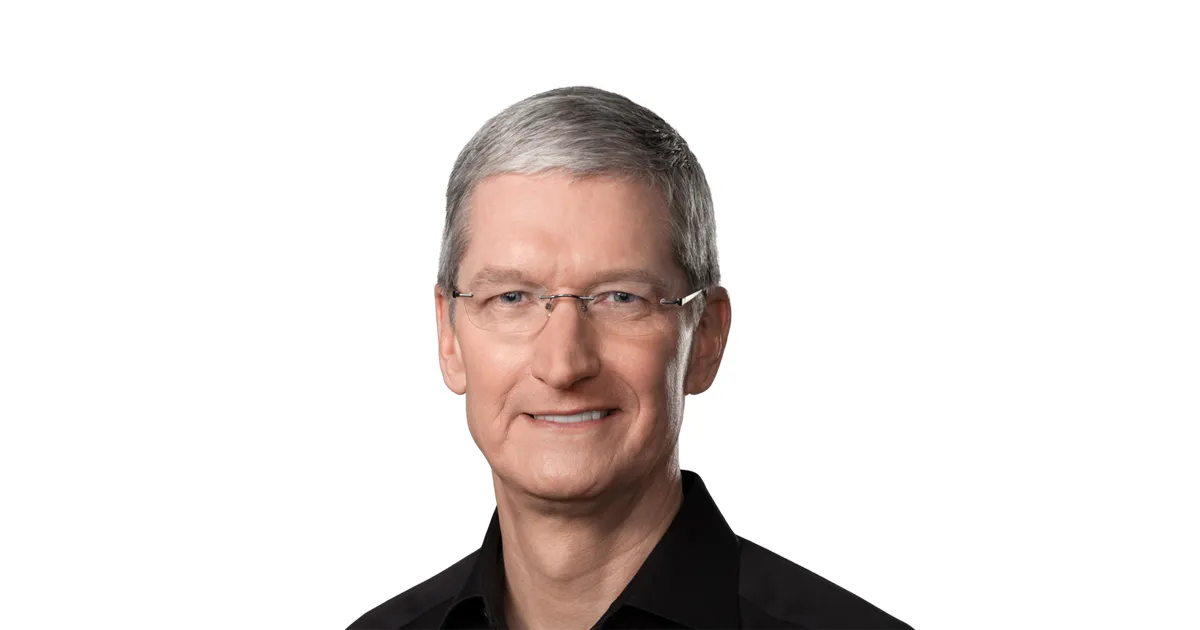
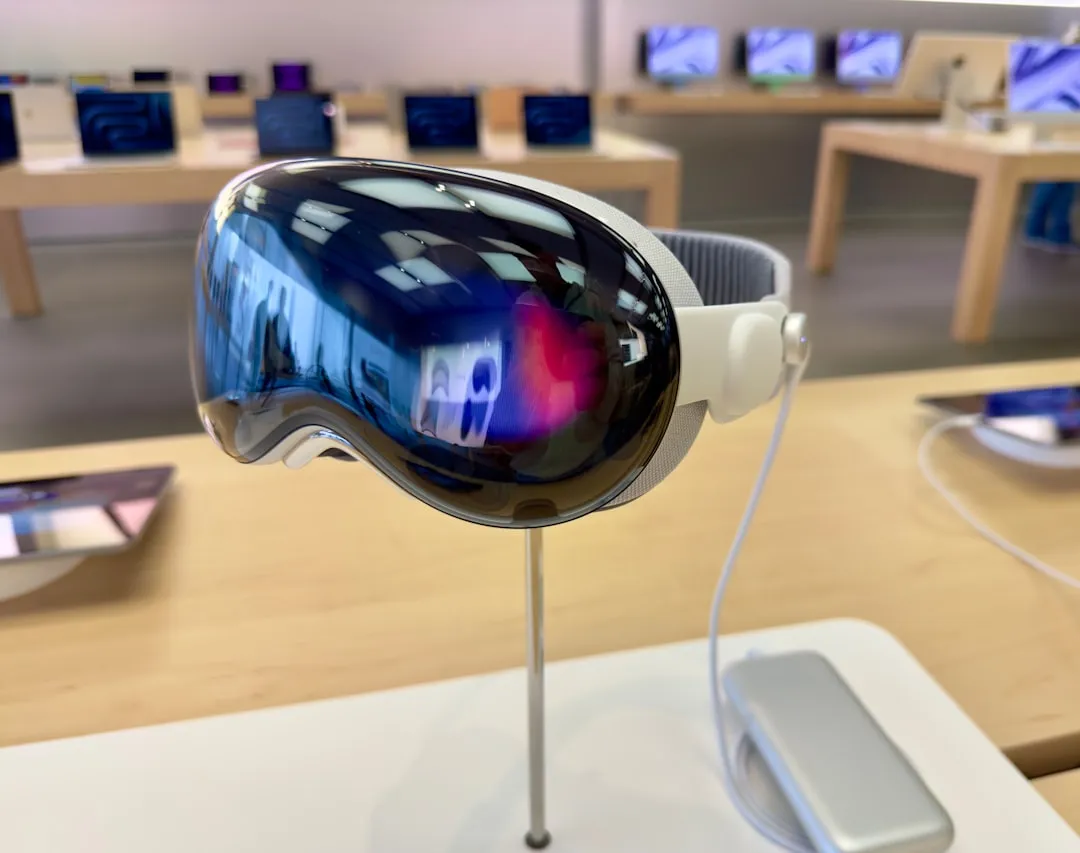
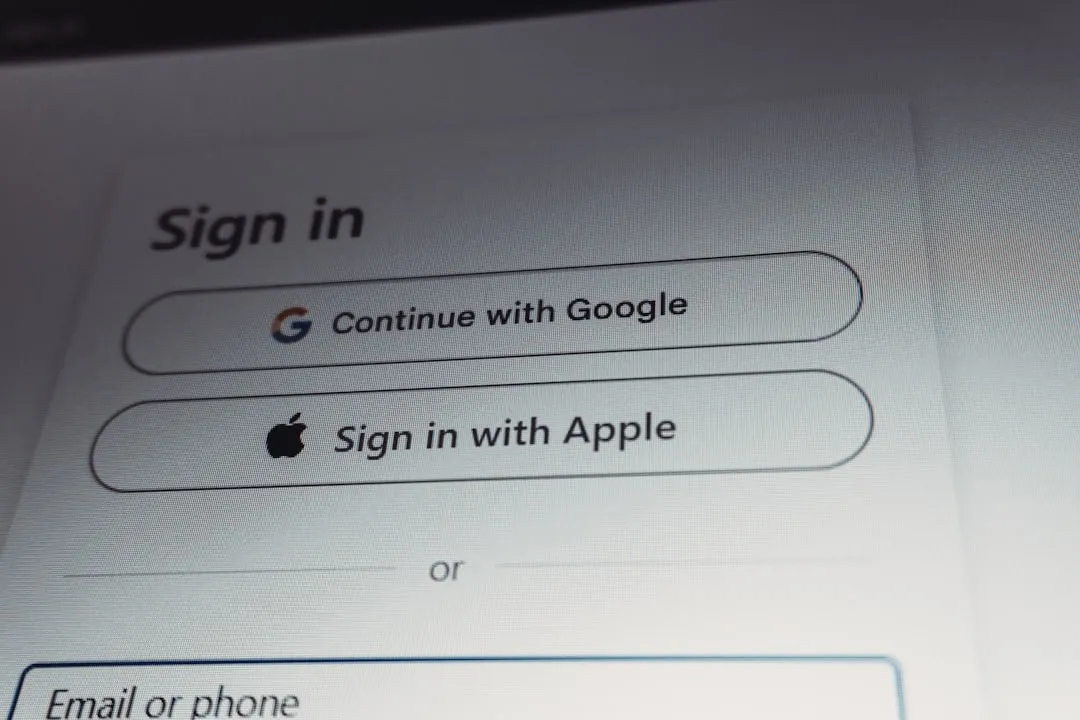

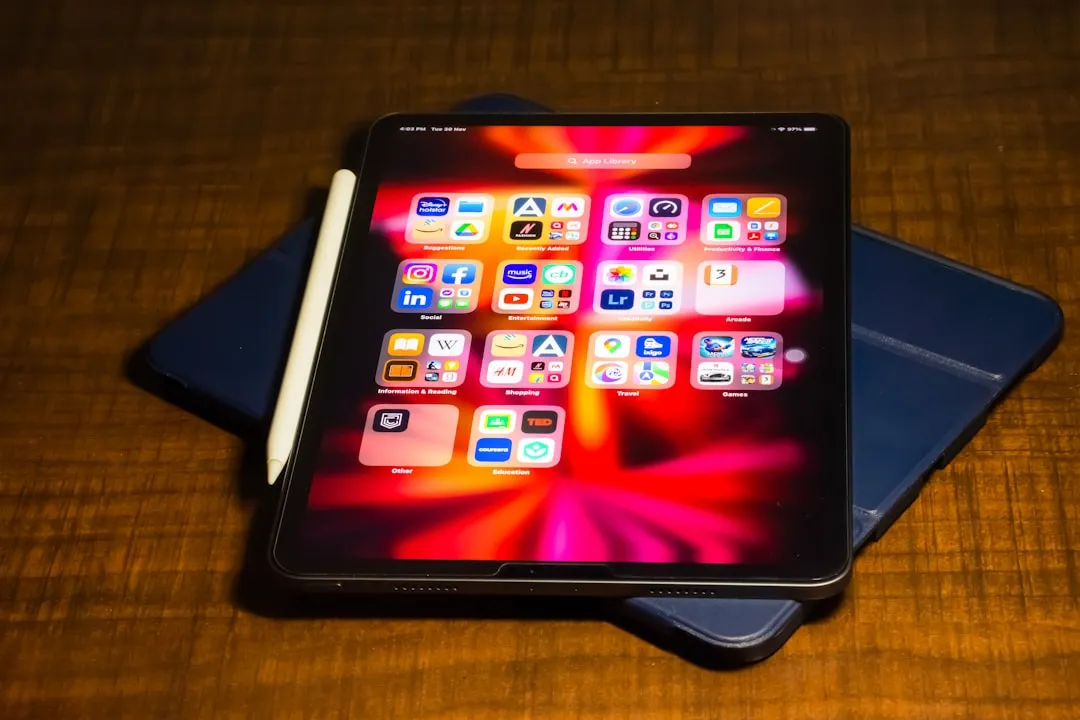
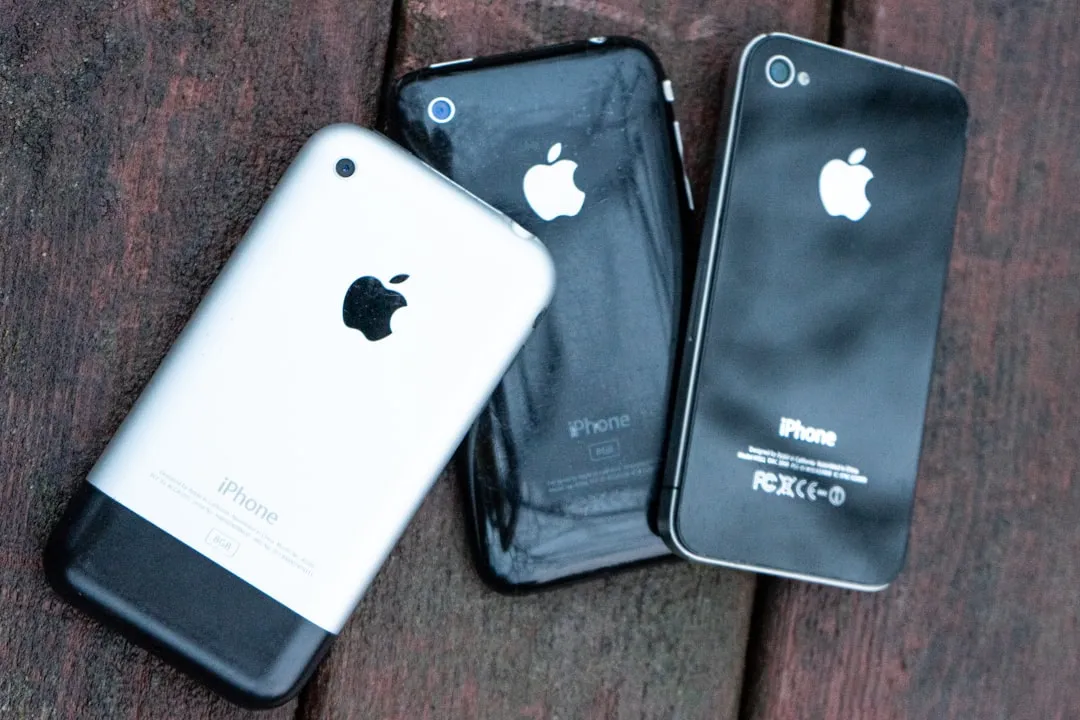
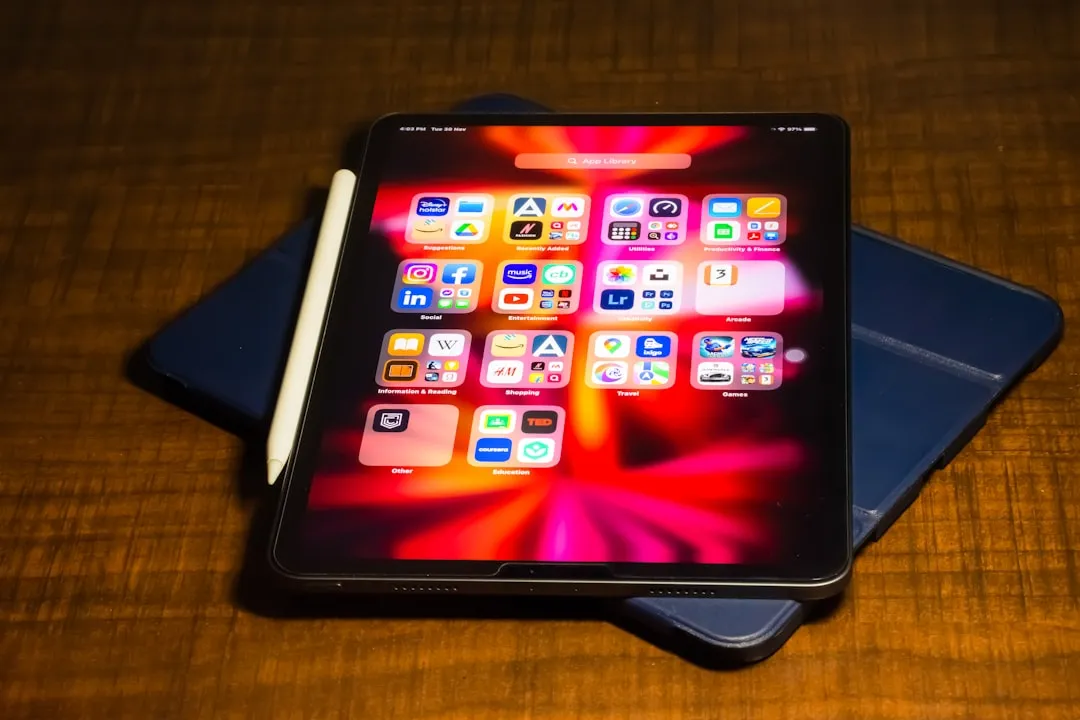

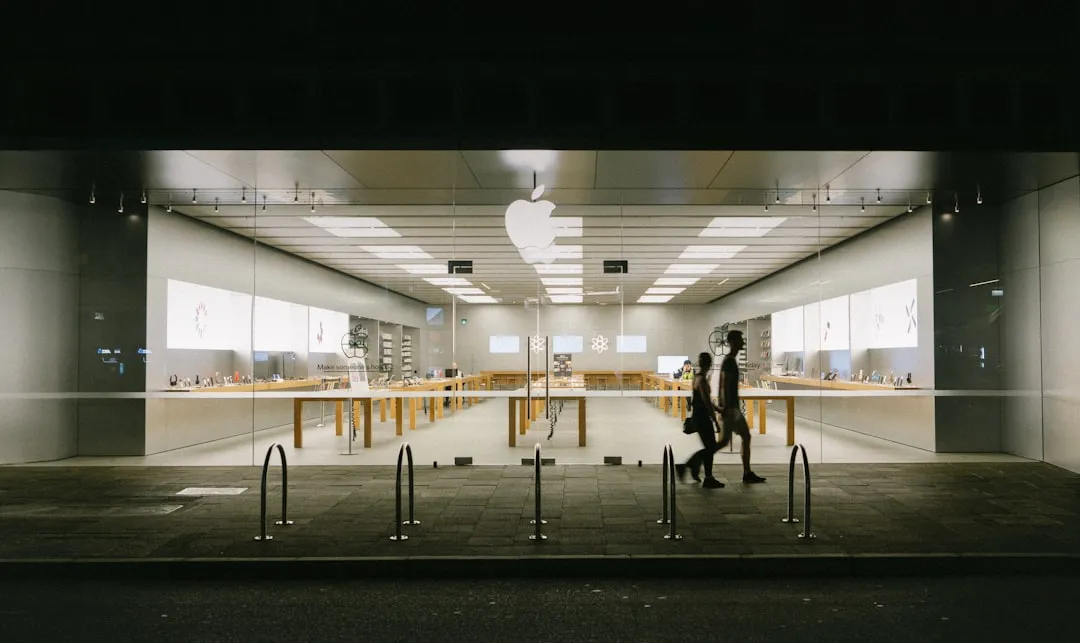
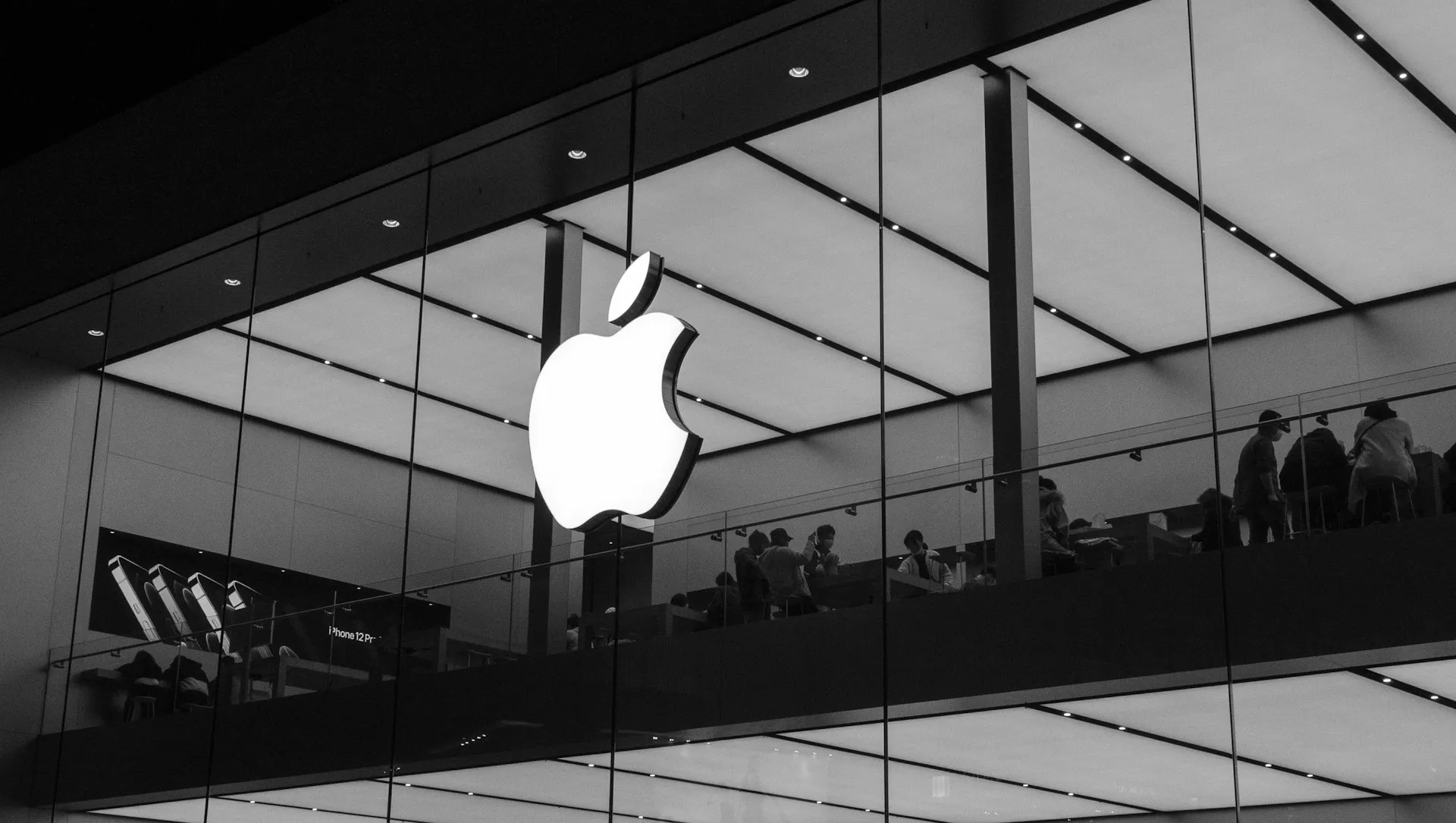
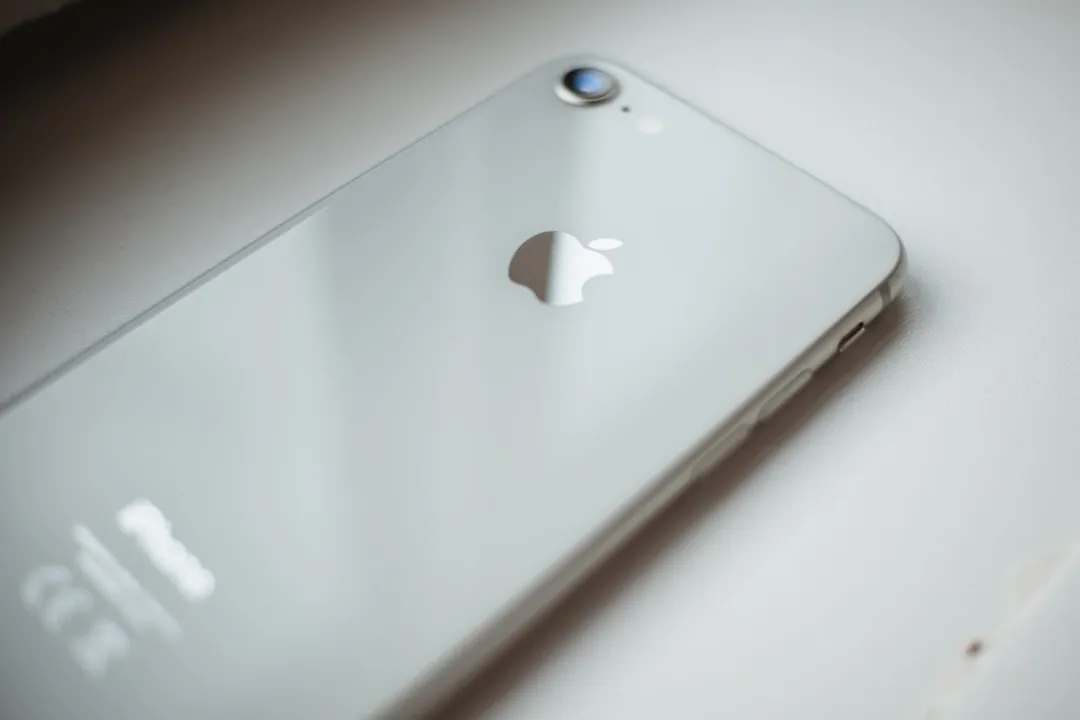

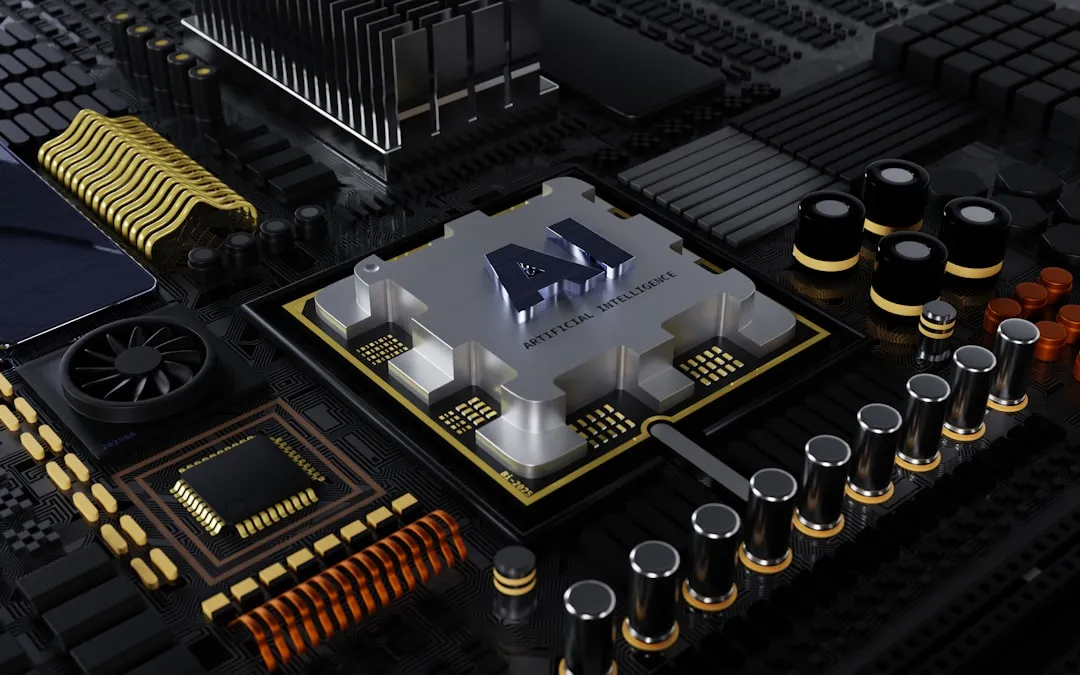
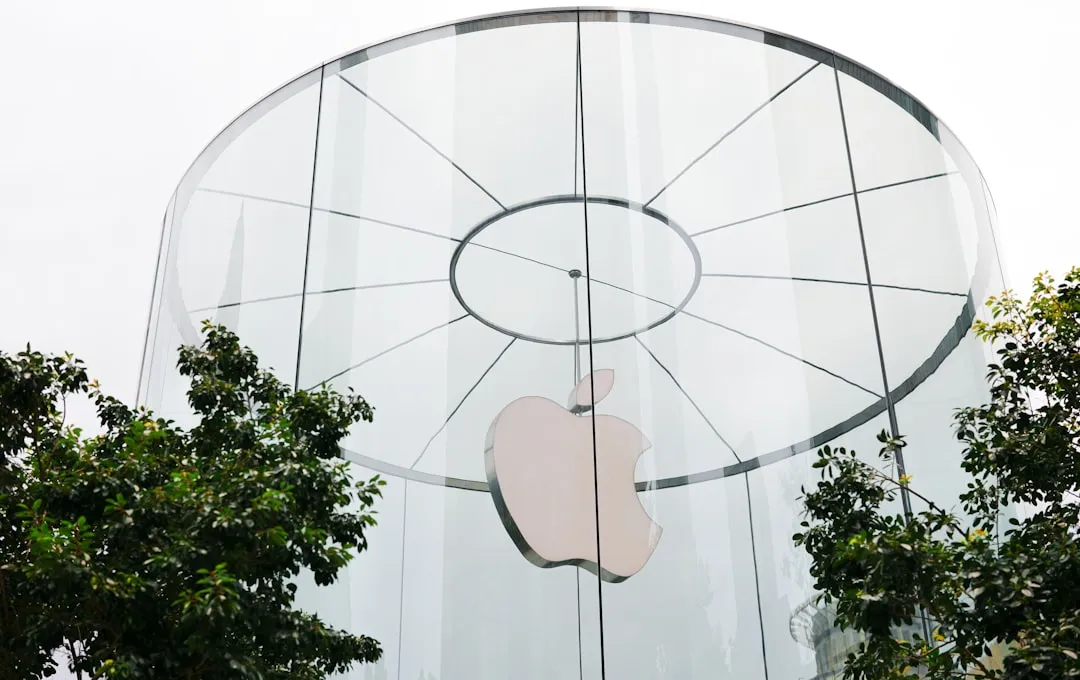

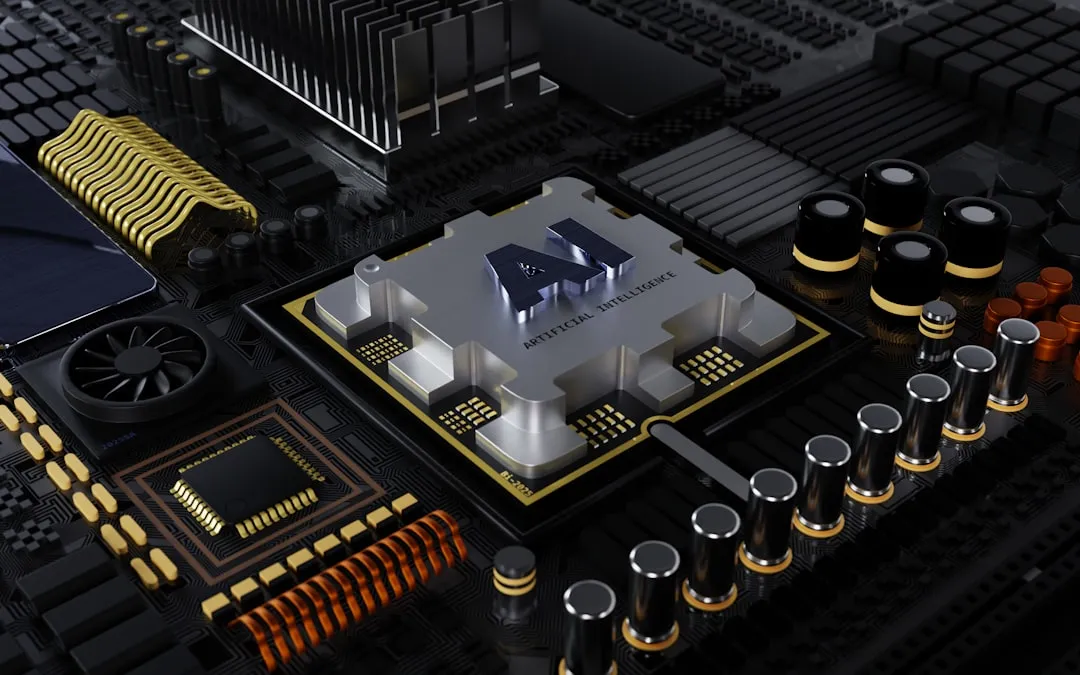
Comments
Be the first, drop a comment!